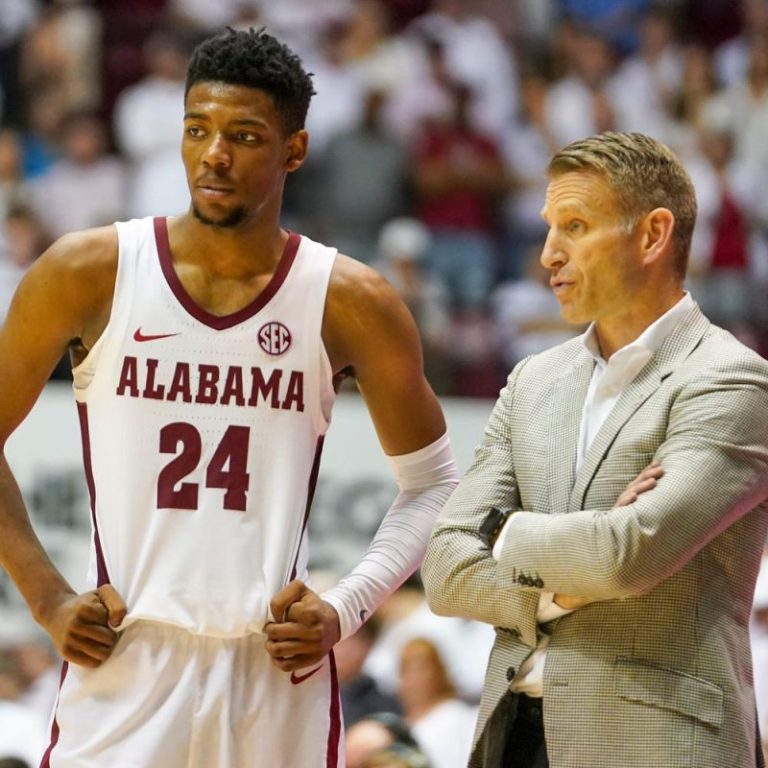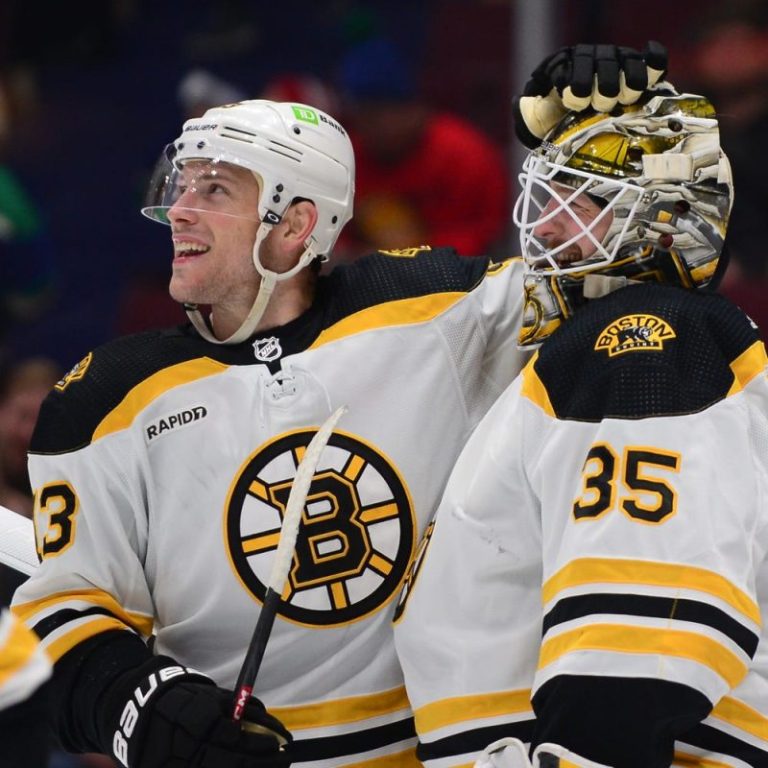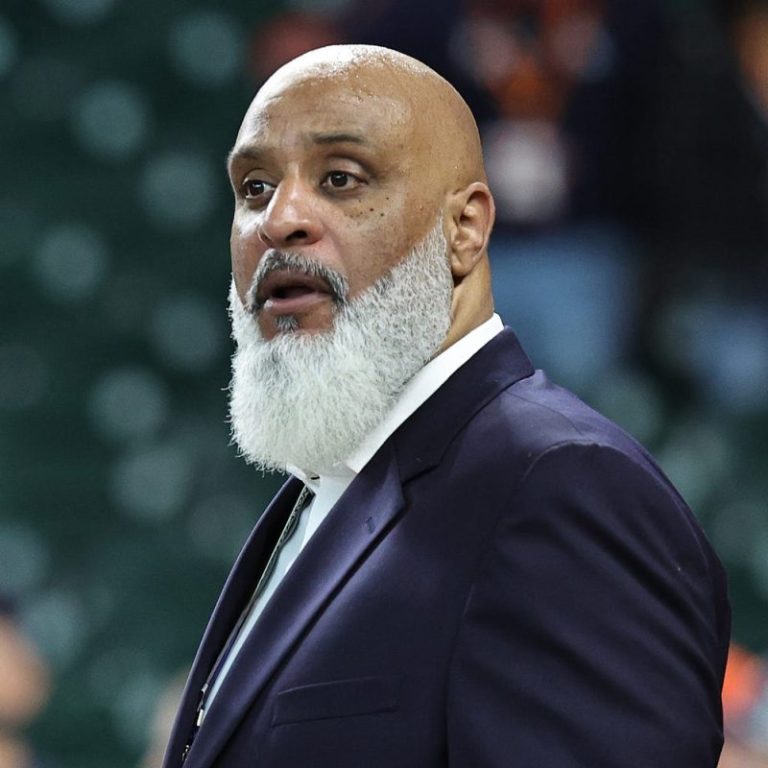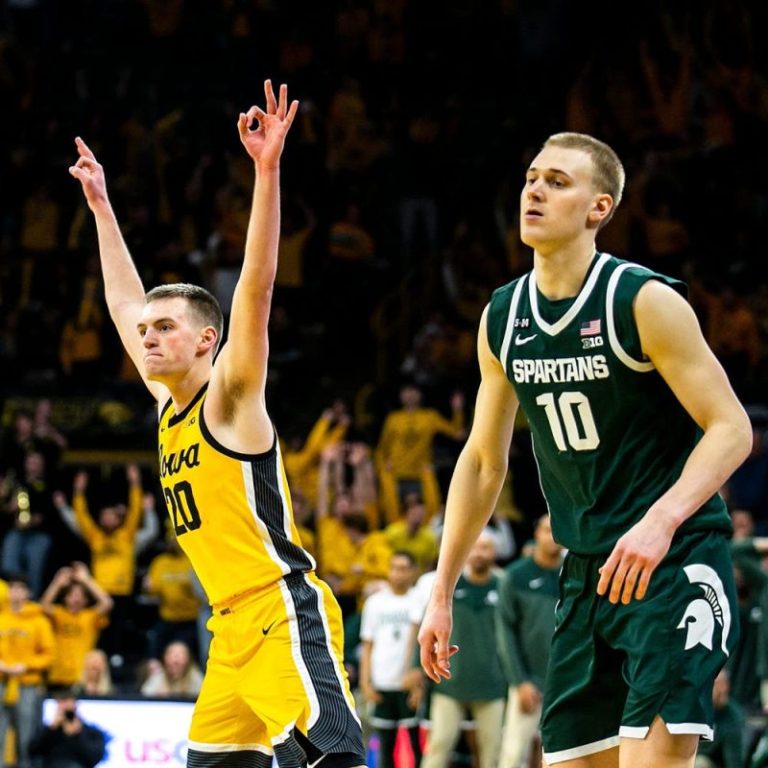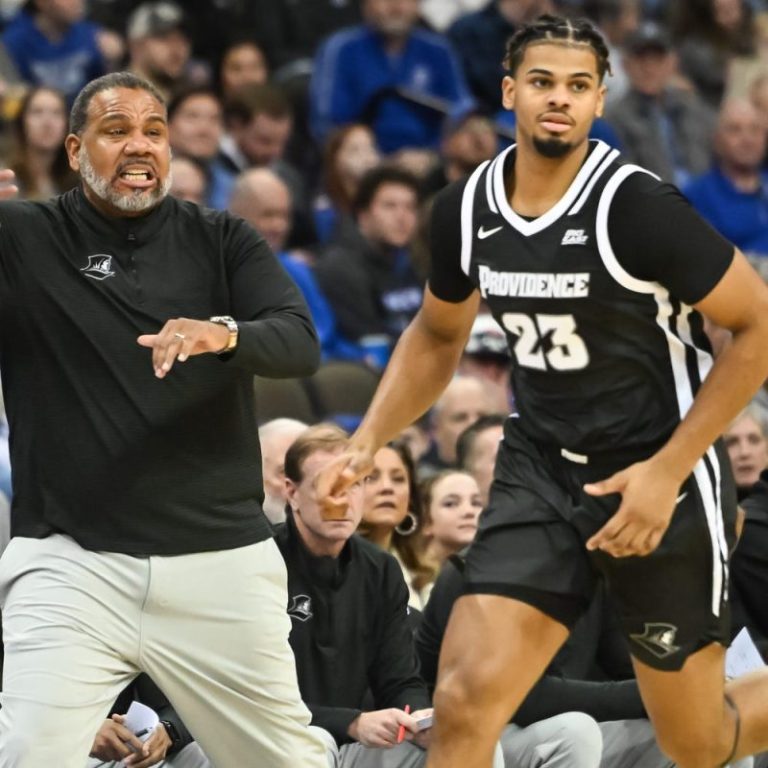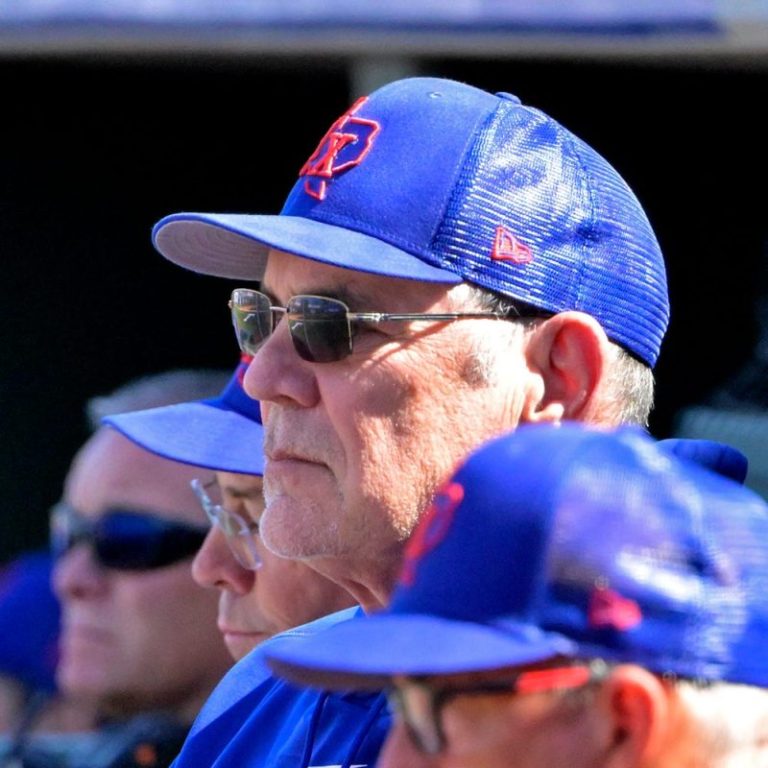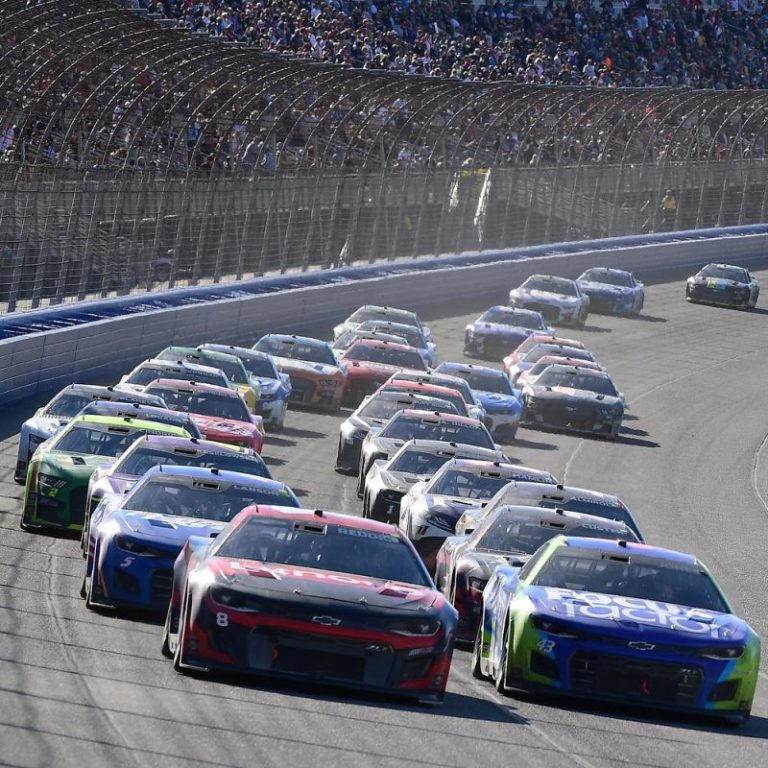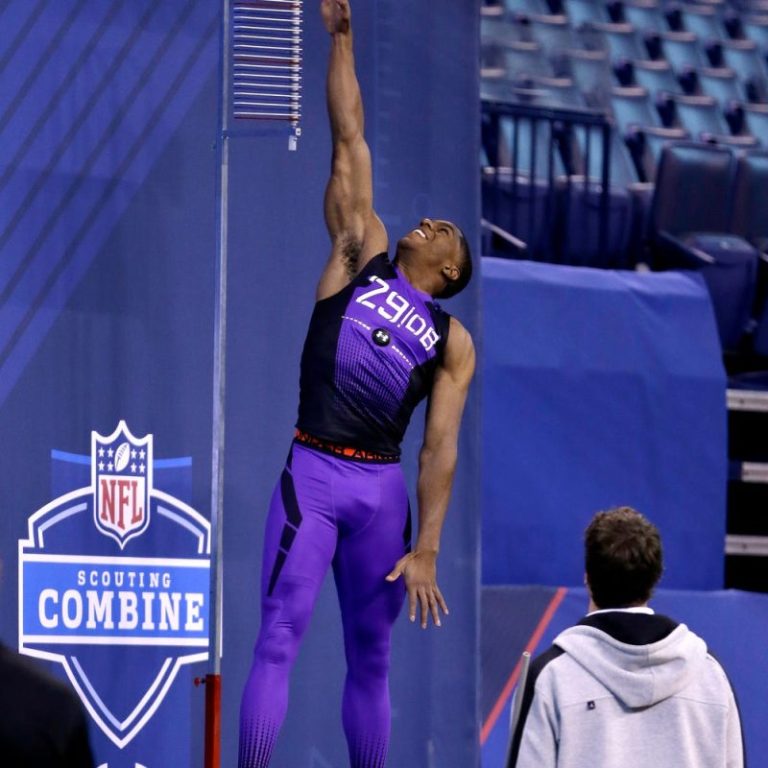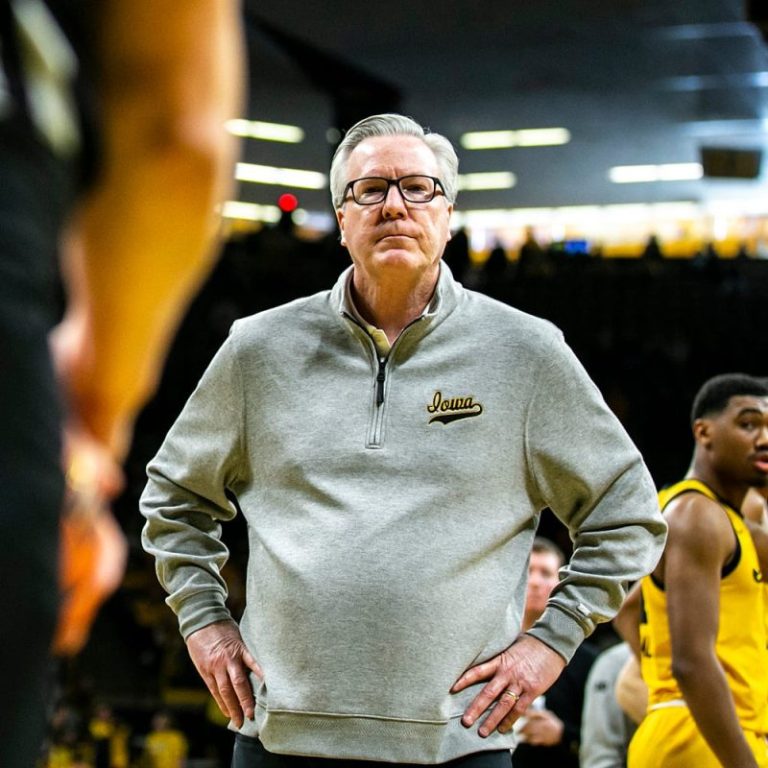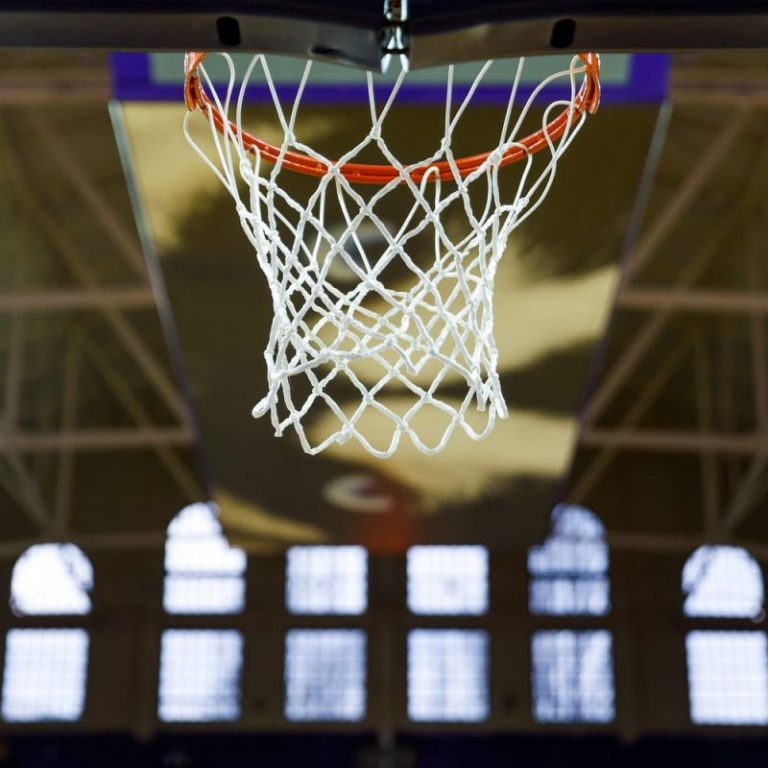SCOTTSDALE, Ariz. — Tony Clark, executive director of the Major League Baseball Players Association, hears the grumbling from the owners, the complaints about the massive payroll disparity, and the formation of MLB’s new economic reform committee.
He knows exactly what it all means.
Baseball owners are looking once again to implement a salary cap in their next collective bargaining agreement.
And once again, the answer is a resounding NO!
“We are never going to agree to a cap,’’ Clark said. “Let me start there. We don’t have a cap. We’re not going to agree to a cap.’’
Not now. Not in four years when the CBA expires. Not ever.
“A salary cap is the ultimate restriction on player value and player salary,’’ Clark says. “We believe in a market system. The market system has served our players, our teams and our game very well.’’
When owners like Bob Nutting of the Pittsburgh Pirates and John Henry of the Boston Red Sox talk about the need for fundamental changes in the economic structure of the game, Clark knows their endgame.
“It’s focused on how best to depress players’ salaries,’’ Clark says. “That’s the underlying theme there.’’
Sure, no one is suggesting the Pittsburgh Pirates have the same revenue stream of the New York Yankees, Los Angeles Dodgers or New York Mets, but they’re in a bigger market than the San Diego Padres who have a $250 million payroll – $190 million more than the Pirates.
When the Pirates were spending, they were winning, reaching the playoffs three consecutive years from 2013-2015, with a payroll nearly twice as much as today.
The Padres, after having just a $69 million payroll in 2020, now have third-largest payroll in the game, and guess what, they not only are winning, but have a waiting list for season tickets while projecting to draw a franchise-record three million fans.
“When you see teams in smaller markets, aka San Diego, provide a level of engagement for their fans, and a level of excitement in being one of the seven smallest markets we have,’’ Clark says, “it begs the question why they made that decision [to spend big], and why others aren’t.
“It’s very clear from the public comments that the owner of San Diego [Peter Seidler] made, that they want to compete. They’re able to compete, are excited about the team that they built there in San Diego.
“It should be celebrated, not questioned.”
Major League Baseball did propose a salary floor during the CBA negotiations in which every team would have to spend $100 million on their major-league payroll, but it also came with a $180 million ceiling before severe luxury tax ramifications.
“What we discussed with MLB was something on the bottom,’’ Clark said, “similar to what currently exists on the top, and that was not a conversation they were interested in having. Appreciate the idea of having something in place that would otherwise force a team to spend a certain amount of money, but we have yet to have a conversation with the league that doesn’t include something far more restrictive on the top end.
“That makes the conversation null and void to this point.”
Sure, no one has to spend $336 million like Steve Cohen of the Mets, but don’t expect your team to be a legitimate contender when you’re spending $40 million like the Oakland A’s, either.
“You don’t want to start the year where any one particular fan base doesn’t believe their team has a chance to win,’’ Clark says, “but a lot of that is predicated on what the team does in order to compete and win.’
Clark addressed several other topics Saturday at the union’s new Scottsdale satellite office:
Arbitration
While MLB teams prevailed in 13 of the 19 arbitration cases – with players like Milwaukee Brewers Cy Young winner Corbin Burnes lashing out at the process – Clark says the union has no interest in revisiting MLB’s proposal of eliminating the salary arbitration system by using statistics.
“We don’t believe there’s any metric on the planet that can suggest exactly what a player’s value is,’’ Clark said. “Going to a system that’s formulaic doesn’t make a whole lot of sense to us.’’
Still, this year’s arbitration cases harbored plenty of animosity. Houston Astros All-Star outfielder Kyle Tucker lost his arbitration case that will play him $5 million instead of $7.5 million, and would have earned $8 million under MLB’s formula.
Burnes will earn $10.01 million from the Brewers instead of the $10.75 million salary he requested, but under the MLB formula, Burnes would have topped $11 million.
Teams and players have the right to negotiate settlements before a hearing, but more teams are having a “file and trial’’ philosophy, choosing to go to a hearing if the two sides file salaries in which an independent arbitrator must choose.
“The salary system has always been set up to realize settlements,’’ Clark said. “That was always the premise. It hasn’t been until late that the process has been butchered in the fashion that it has, that what it has historically been, is now more nuanced than what it was before …
“There is no doubt that the league and the teams have tried to create a narrative that undermines the integrity of what the system was designed to do.’’
Minor-league CBA
Clark remains hopeful of reaching a new collective bargaining agreement for minor-league players, but says that if no deal is reached by opening day, a strike is unlikely, with the current deal simply remaining in place for the time being.
But as long as MLB wants the ability to contract teams or reduce the number of minor-league players, Clark cautions, there will no deal.
“What is surprising to this point is having a negotiation whereby one of the quid pro quos that’s on the table,’’ Clark says, “is that in order to make improvements, the other side must have the capability of cutting jobs and or additional teams down the road. That’s not why a union gets formed. The exact opposite is true. …
“I’m encouraged by many of the conversations that have happened so far. I remain optimistic that common ground can be found on most of the issues that remain. But the idea of the league having the ability to cut minor league jobs and/or contracting teams further on the heels of the 40-plus teams that were contracted a couple years ago, is troublesome.’’
Bally, television concerns
Clark certainly is concerned if Bally regional sports networks files for bankruptcy as expected, withholding payments of perhaps $2 billion to teams. Warner Brothers and Discovery also have informed teams it will no longer be in the regional sports business. Still, Clark is optimistic that it will be only a short-term financial loss with MLB saying that all of the games will still be televised.
“We think, based on the expertise that we’re receiving, that over the long term, growth will still happen,” Clark said. “Live events, sports itself, have still done remarkably well. It’s the RSN model that appears to be challenged, not fan interest in sporting events.”
International draft
According to Clark, there are no plans to revisit MLB’s proposal for an international draft.
“Players were willing to have discussions,’’ Clark said, “but the league was unwilling to negotiate the protections and value of players. Unless we’re comfortable with the value and the protections that need to be placed, then moving forward we’ll find ourselves in the same conversation four or five years from now.’’
Around the basepaths
– Although Manny Machado gave the San Diego Padres a Feb. 16 deadline to work out a contract extension, the two sides continued to talk.
Those talks apparently paid off as Machado and the Padres tore up his old contract and replaced it with an 11-year, $350 million deal.
‘Manny,’’ Padres chairman Peter Seidler said earlier, “is my top priority.’’
– Pittsburgh Pirates owner Bob Nutting says that they still are trying to sign All-Star center fielder Bryan Reynolds, which is news to Reynolds, who says the Pirates have not made a new offer.
The Pirates offered Reynolds a six-year, $80 million contract. Reynolds is seeking an eight-year, $134 million deal.
And, yes, he still wants to be traded unless he gets a new deal.
– There’s a concern that Kansas City Royals shortstop Bobby Witt Jr., 21, could be missing valuable playing time this spring participating in the World Baseball Classic simply because he may barely play.
When Houston Astros third baseman Alex Bregman played in 2017, he received only five plate appearances in the entire tournament, compared to 33 plate appearances for starting third baseman Nolan Arenado. Bregman skipped this year’s tournament.
Witt is expected to be on the bench for Team USA with an infield of Arenado, Paul Goldschmidt, Pete Alonso, Tim Anderson and Jeff McNeil.
Yet, Royals manager Matt Quatraro says that he has no qualms.
“You can’t discourage him from doing it,’’ Quatraro tells USA TODAY Sports. “It’s probably not the ideal situation, but not something I’m too worried about.
“I think he’s going to get reps. If anything, from what I’ve learned of him so far, is that it may save a little bit from himself because he works so hard. So maybe it will be a good thing.
“He’s such a sponge for information, being around all of the superstar players, he can learn. Whether he starts or not, he’s going to work incredibly hard. It’s hard not to be better from that experience compared to spring training.’’
– Future Hall of Famer Albert Pujols never forgot that he was drafted in the 13th round, the 402nd pick in the 1999 draft, saying he carried a chip on his shoulder his entire career.
Well, San Francisco Giants manager Gabe Kapler says, it’s no different for him.
“I remember literally a kid from my 12-year-old Little League saying something said to me that I’ve never forgotten,’’ Kapler says, “and I still use for motivation every single day.
“There was a left-handed pitcher, 12 years old, the hardest-throwing kid in the league, and I squared a ball up and hit a home run to center field. He caught up with me after the game, and he said, ‘Lucky home run!’
“I never forgot that. Even now, I’m 47, I think about it all of the time.
“That’s what professional athletes do, if someone says you’re not good enough, or that was lucky, you use it as motivation.’’
– Tampa Bay Rays reliever Ryan Thompson lost his arbitration case, earning $1 million instead of $1.2 million this season, and didn’t hesitate sharing his frustrations on Twitter :
“If the process is created in order for fairness, then why don’t we learn the laws of the land?’ Thompson said. ‘In some sense, we were shooting in the dark not knowing what the arbitrators leaned into and what they disregarded. These understandings matter.’’
– The coolest sight of the spring?
Los Angeles Dodgers center fielder Trayce Thompson asking Hall of Fame writer Peter Gammons to autograph two baseballs for him and his brother, NBA star Klay Thompson.
– The Negro Leagues Family Alliance launched a campaign to preserve the legacy of Negro Leagues players, asking MLB to establish a “Negro Leagues Day’’ at ballparks on May 2, the anniversary of the first Negro League games.
The alliance consists of relatives of 10 Negro Leagues players: Dennis Biddle, Bill Foster, Rube Foster, Josh Gibson, Pete Hill, Buck Leonard, Fran Matthews, Ted “Double Duty” Radcliffe, Norman Thomas “Turkey” Stearnes and Ron “Schoolboy” Teasley.
– Kudos to Jason Bradley and Jerry Bruce, natives of Pine Bluff, Ark., co-owners of the Beyond Sports Lab, the only minority-owned indoor baseball facility in Arkansas, providing baseball development to more than 400 inner-city children.
They recently hosted the first Black history Baseball/Softball youth camp in Arkansas.
“We just want to give kids exposure and help their development,’’ Bradley says, “making sure the kids have the right training and development no matter what they do in life.’’
– Strange but true: In the past 13 years, the Yankees have been to the playoffs (10 appearances) – twice as many times as the Red Sox (five) – but the Yankees have only one more victory and two fewer World Series titles.
Yankees: 30-28, five ALCS appearances, 0 World Series titles.
Red Sox: 29-19, three ALCS appearances, 2 World Series titles.
– The 25th annual worldwide toast to Harry Caray will be March 29, at the Harry Caray Tavern at the Navy Pier in Chicago, with former Cubs pitcher Ryan Dempster leading a campaign to elect Caray the Mayor of Rush Street, and Hall of Famer Ryne Sandberg toasting Caray.
– The Diamondbacks plan to take advantage of the enlarged bases and rule changes with their athleticism and speed, believing they may benefit more than any team in the big leagues.
The D-backs stole the most bases after the All-Star break last season, 68, with a success rate of 80.9%. Their young outfield trio of Corbin Carroll, Alek Thomas and Jake McCarthy are three of the 30 fastest players in baseball.
“We’re a very fast team, we’re a very athletic team,” D-backs manager Torey Lovullo says. “I can assure you that we’re going to try to maximize our potential to get to the next base.”
Follow Nightengale on Twitter: @Bnightengale
This post appeared first on USA TODAY

